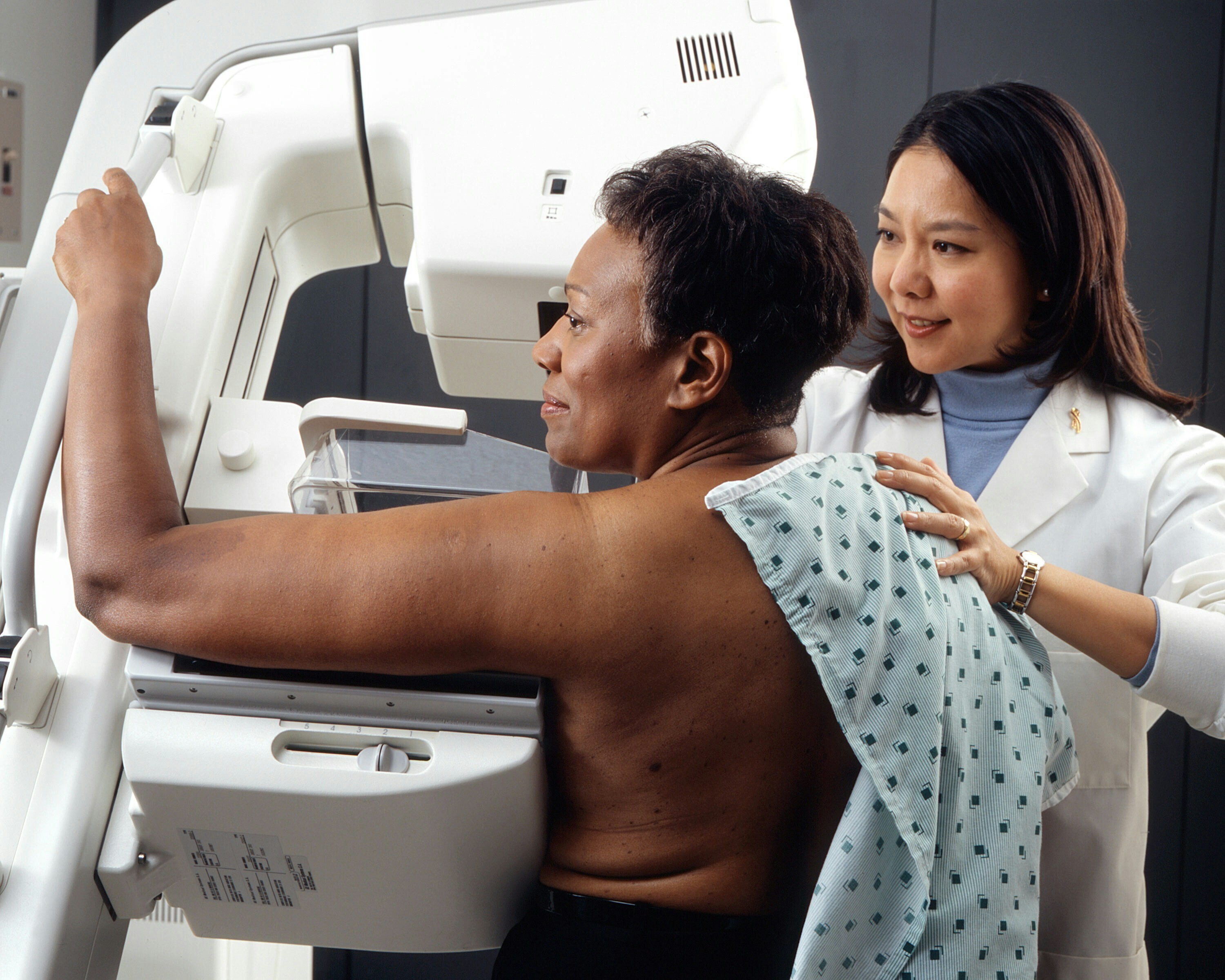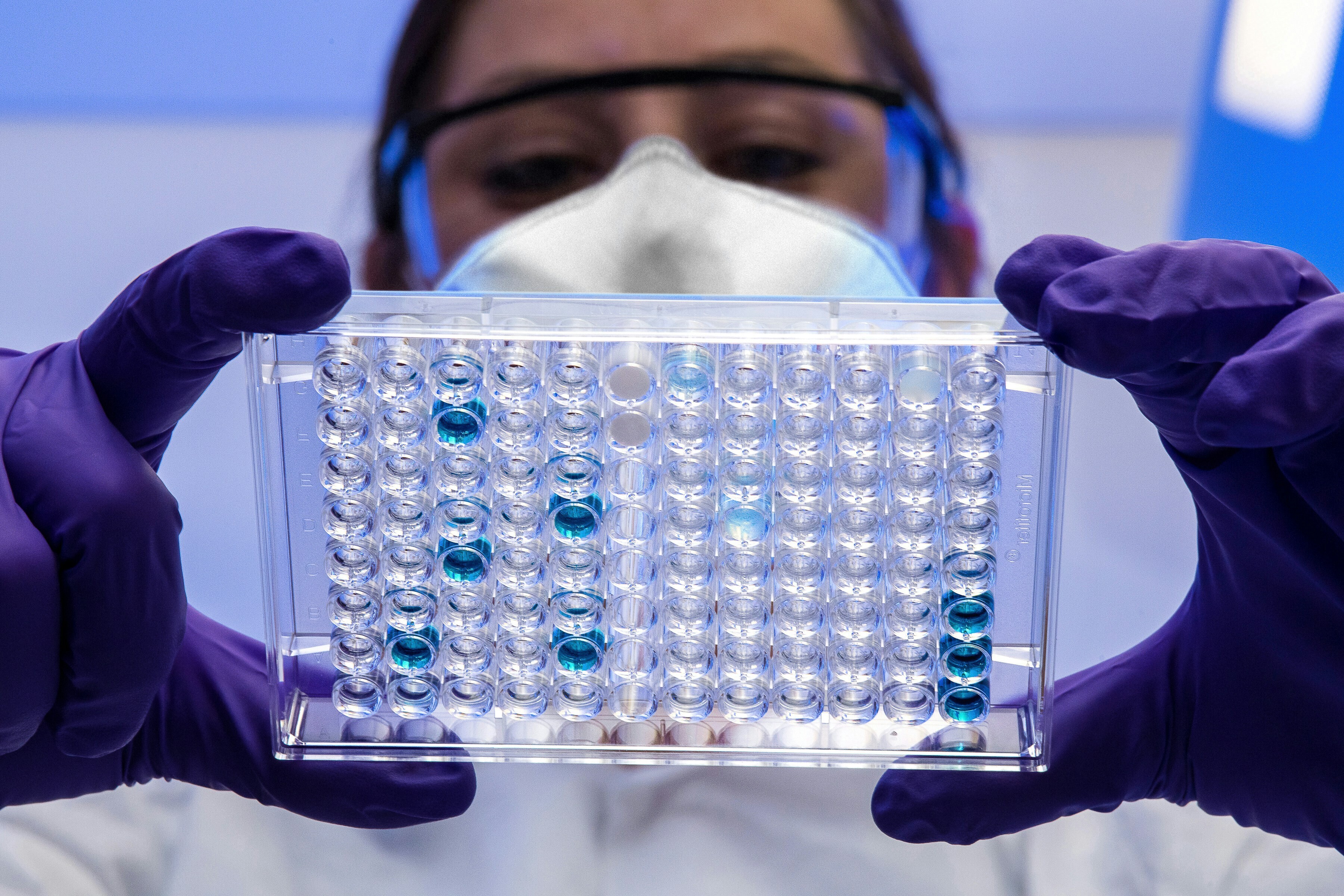These 10 medical breakthroughs will change the world

Over the course of the next decade, as twenty-first century technologies combine and accelerate, healthcare is set for a revolution.
Image: Piron Guillaume/Unsplashed
Stay up to date:
Health and Healthcare
- The Global Innovation Index identifies global trends and cutting-edge technology transforming healthcare
- From brain mapping to regenerative medicine, here's what we can expect over the next decade
Every day, medical innovations lengthen and improve lives across the globe. Over the course of the next decade, as twenty-first century technologies combine and accelerate, healthcare is set for a revolution.
The GLOBAL INNOVATION INDEX 2019 (GII), a report from the World Intellectual Property Organization and its research partners Cornell University and INSEAD, identifies five global trends driving this transformation: broadband access, developments in artificial intelligence and the human genome, changing business models, and the rise of consumerism.
These trends are leading to breakthroughs across a range of medical frontiers. For this year’s GII, the NIH identified 10 of the cutting-edge emerging technologies most likely to revolutionize healthcare over the next decade.
Here’s a closer look at the technologies that made the list:
1. Single cell analysis
Likely to be one of the first of the 10 breakthroughs to come to fruition, single-cell analysis will allow scientists to study individual cells in their normal environment for the first time. The ability to determine which genes are turned on or off in individual cells, and to decode how immune cells attack healthy tissue, will transform how we approach autoimmune diseases and how we combat the deadly process of cancer metastasis.
2. Mapping the brain
The human brain remains one of science’s most daunting frontiers. The NIH’s Brain Research through Advancing Innovative Neurotechnologies (BRAIN) initiative is accelerating our understanding of this most complex and critical organ. Within a decade, researchers will have mapped the circuits responsible for motor function, vision, memory and emotion. This will lead to new approaches to a raft of neurological disorders including autism, epilepsy, brain injuries, schizophrenia, Parkinson’s, Alzheimer’s and spinal cord injuries.
Accept our marketing cookies to access this content.
These cookies are currently disabled in your browser.
3. Alzheimer’s Disease
Aided by new imaging techniques developed and optimized by the BRAIN Initiative, NIH research indicates that within a decade we will be able to identify individuals at high risk of Alzheimer’s before symptoms even appear. Early interventions will slow or change the course of the disease, providing profound human and economic benefits.
4. Spinal cord injuries
A decade from now we will have developed effective treatments for spinal cord injuries. Already, ground-breaking research supported by NIH has enabled several young men paralyzed from the waist down to move their legs through the use of surgically implanted electrical stimulators that bypass the severed spinal cord. Soon, many of the millions of people worldwide coping with spinal cord damage could be given back freedom of movement.
5. Pain management
Chronic pain is a serious and costly public health problem affecting tens of millions of people worldwide. Unfortunately, current treatments can be addictive, leading to tragic outcomes. The NIH recently launched the Helping to End Addiction Long-Term (HEAL) initiative, harnessing genomics, neuroscience and structural biology to uncover entirely new targets for treating chronic pain.
6. Regenerative medicine
This exciting field of research looks at ways of replacing or regenerating human tissues and organs when they are damaged. Methods range from stimulating the body’s own repair mechanisms, to growing tissues and organs in the laboratory. In a decade, regenerative medicine could change the course of chronic diseases like diabetes, and eliminate the problems associated with tissue and organ transplants, including sourcing, waiting lists, tissue rejection and the need for anti-rejection drugs.
7. Cancer immunotherapy
This radical new approach enlists the cancer patient’s immune system, with one promising strategy involving collecting immune cells and engineering them to produce special cancer-fighting warriors, called chimeric antigen receptors. This work has already saved the lives of adults and children with untreatable blood cancers, and sights are set on tougher targets including breast, prostate, colon, ovarian and pancreatic cancer.
8. New vaccines
In the next 10 years, important strides will be made in preventing HIV, flu and other infectious diseases. NIH is funding research into a universal flu vaccine that will provide long-lasting protection against a wide range of flu strains. This will prepare us for the next overdue worldwide pandemic, potentially saving millions of lives.
9. Gene editing to cure disease
Scientists have identified the molecular causes of nearly 6,500 human diseases, yet treatments currently exist for only about 500 (see chart below). By 2030, science will have begun to realize the promise of genetic technologies to treat and cure diseases that once seemed out of reach. Gene editing tools like Clustered Regularly Interspaced Short Palindromic Repeats (CRISPR-Cas) allow the correction of gene mutations – with a cure for sickle cell disease being one of its first targets.

10. Precision medicine
Our physiological processes are unique, and in 10 years, medicine will have begun to reflect that reality with diagnosis, treatments and healthcare delivery tailored to each individual. In the US, the NIH-led All of Us Research Program is recruiting 1 million volunteers to pioneer the merging and analysis of wide-ranging data that will help ensure that people from all walks of life, all around the world, will be healthier than ever.
Don't miss any update on this topic
Create a free account and access your personalized content collection with our latest publications and analyses.
License and Republishing
World Economic Forum articles may be republished in accordance with the Creative Commons Attribution-NonCommercial-NoDerivatives 4.0 International Public License, and in accordance with our Terms of Use.
The views expressed in this article are those of the author alone and not the World Economic Forum.
Related topics:
Forum Stories newsletter
Bringing you weekly curated insights and analysis on the global issues that matter.
More on Health and Healthcare SystemsSee all
James See
November 7, 2025
Shyam Bishen
November 5, 2025
Naveena Nekkalapudi
October 31, 2025
Mariam Adebayo
October 30, 2025
Alexandros Pantalis
October 30, 2025




